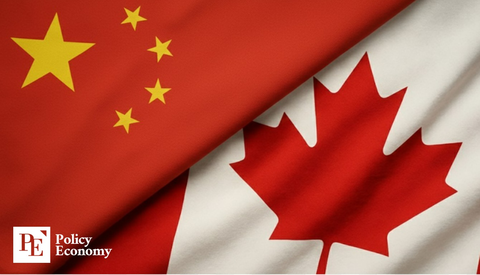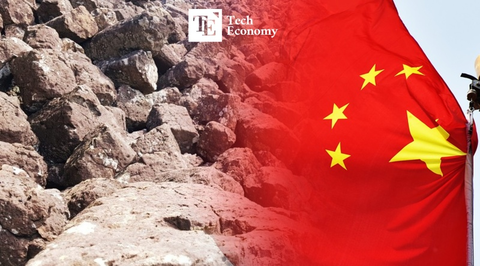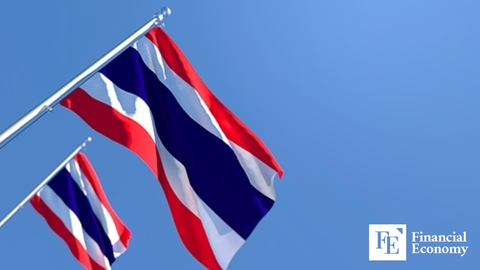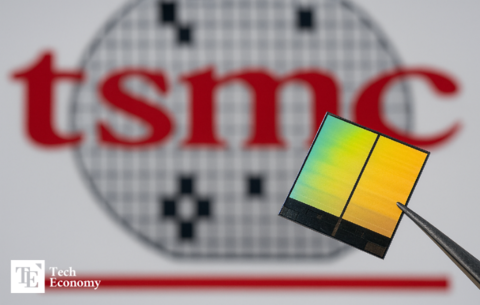Drone Strike Reverberations: Ukraine’s Strategic Hit on Moscow Escalates Pressure on Russia
Input
Modified
Ukraine’s drones pierced Moscow’s illusion of safety. Russia now faces mounting costs just to defend its cities. Zelenskyy’s “simple drone army” may have won Ukraine more than just airspace; it won support.
KYIV — The impact of a Ukrainian drone strike that temporarily closed Moscow’s Vnukovo Airport is reverberating far beyond the airspace over the Russian capital. What initially appeared to be a symbolic disruption has, in the space of a few days, evolved into a geopolitical accelerant, altering perceptions of Ukraine’s tactical capabilities, escalating Russia's operational costs, and influencing the calculus of foreign military aid.
The drone strike, confirmed by both Ukrainian and Russian sources, resulted in the closure of air traffic in and out of one of Russia’s busiest airports. While the Russian Ministry of Defense labeled it a minor provocation, the consequences were far more revealing. It demonstrated that Ukraine, despite its strained resources, retains the ability to strike the Russian heartland with precision and coordination.
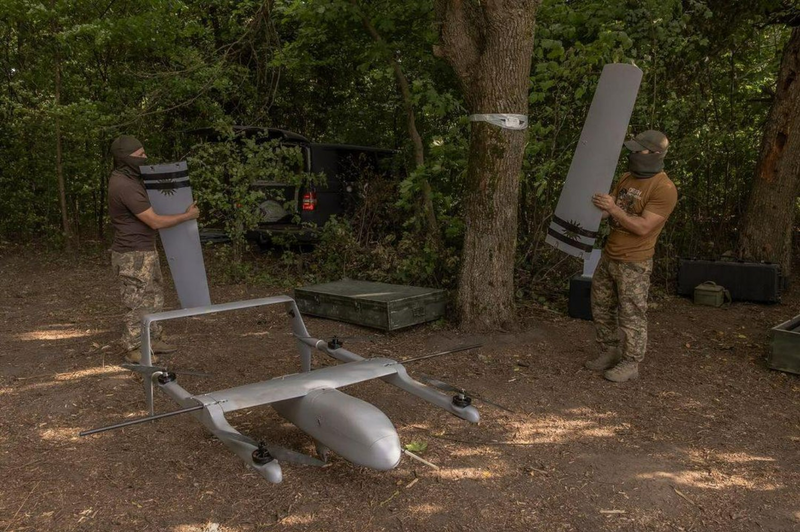
Kyiv’s Tactical Messaging and Moscow’s Strategic Vulnerability
The fact that Vnukovo Airport had to temporarily suspend flights, forcing reroutes and civilian panic, exposed vulnerabilities that President Putin has worked hard to shield from public view. In contrast to prior isolated strikes or sabotage acts, this drone incursion was part of a coordinated effort also targeting Odesa, a Ukrainian port city that Russian forces have repeatedly shelled.
But whereas Ukraine absorbed yet another attack on its southern coast, the psychological and operational blow in Moscow was visibly deeper. For a regime built on the perception of domestic control and invulnerability, the symbolism of a compromised capital, even if for just a few hours, is costly. Russia has now been forced to intensify security protocols across multiple urban and industrial targets, stretching its already complex wartime logistics.
For President Volodymyr Zelenskyy, the attack carried strategic weight beyond military metrics. In a speech weeks prior, he vowed to take the war to Russia’s decision-making centers. While analysts questioned whether such a plan could materialize without Western-supplied long-range missiles, Ukraine’s drone program, cobbled together through local ingenuity and modest international help, has now delivered proof.
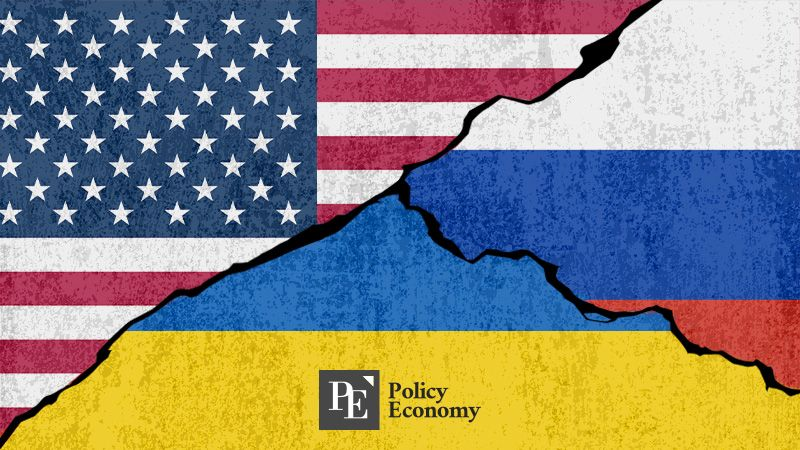
A Drone Army Built on Innovation and Necessity
Unlike the conventional militaries of NATO states, Ukraine’s wartime R&D has been defined by urgency, improvisation, and decentralization. Drones repurposed from commercial technology, adapted with local targeting systems and launched under conditions of extreme secrecy, have formed the backbone of Kyiv’s evolving strategy.
These are not the high-flying Reapers or Bayraktars that dominated early-war headlines. Instead, Ukraine’s latest wave of drones represents a shift toward scale and simplicity, an army of small, often disposable UAVs capable of slipping past radar, sowing disruption, and broadcasting a single, powerful message: Russia cannot shield itself completely.
This democratization of offensive power may prove as disruptive as any battlefield victory. With minimal cost and limited exposure to human casualties, Ukraine has found a pressure point. As the Kremlin redirects more resources to internal air defenses, it risks weakening frontline units or exposing critical economic infrastructure to new threats.
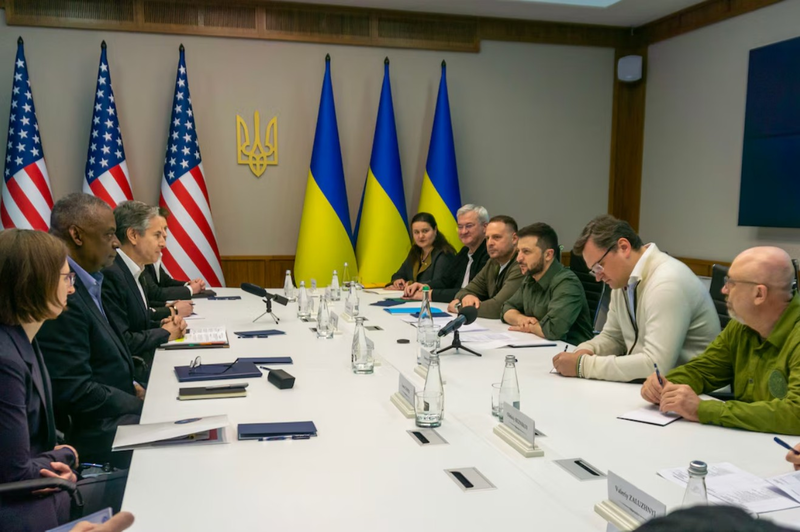
Strategic Leverage and the Expanding Cost Curve
The drone attack’s ripple effects were not confined to Eastern Europe. In Washington, where the debate over Ukraine aid continues to polarize political factions, the strike gave new urgency to calls for expanded support. Just days after the incident, U.S. President Donald Trump confirmed plans to deliver a multi-billion-dollar arms package, including up to 17 additional Patriot missile systems and potentially long-range Tomahawk missiles.
The timing was more than coincidental. While official briefings avoided linking the drone strike with Trump’s decision, behind closed doors, U.S. defense officials acknowledged that Ukraine’s demonstration of offensive reach helped tip the internal debate. Kyiv had not only survived but was shaping the battlefield, and doing so independently of NATO’s more cumbersome systems.
Ukrainian defense officials have welcomed the announcement with guarded optimism. While Patriots would immediately boost air defense capabilities around urban centers and energy infrastructure, integrating more advanced long-range systems will require upgrades to Ukraine’s existing platforms and legal adjustments related to export regulations. Nonetheless, Kyiv views the move as a strategic endorsement: the U.S. is not merely helping Ukraine endure; it is now assisting Ukraine in its efforts to win.
For Russia, the attack has introduced a new layer of war fatigue. The physical damage to Moscow’s infrastructure may be minimal. Still, the psychological toll and the prospect of repeated, targeted drone incursions raise the long-term cost of the conflict: more personnel, more anti-air defenses, more economic disruption.
Maintaining a protective shield over cities like Moscow and Saint Petersburg, as well as key military-industrial sites, will come at a high price. These are costs Russia had managed to avoid for most of the war by containing combat within Ukraine’s borders. No longer. Now, with each successful Ukrainian incursion, the pressure on Putin’s regime mounts, not just to retaliate, but to justify the war’s ongoing cost to an increasingly wary population.
And that, perhaps, is Ukraine’s most potent weapon: not destruction, but disruption. The ability to force Russia into defensive postures, to stretch its command structure thin, and to pierce the illusion of homeland security.
As NATO allies assess the evolving shape of the conflict, the drone strike underscores an important truth: the war is not static, and neither is Ukraine’s capacity to adapt. Zelenskyy’s “simple drone army” has reset the expectations of what asymmetric warfare can achieve in a 21st-century conflict.
The international community must now contend with new questions: Will these attacks accelerate peace negotiations or provoke harsher retaliation? Will expanded Western support embolden Ukraine to push deeper into Russian-held territory? And will Moscow's newfound vulnerability change the trajectory of the war, or entrench it further?
Whatever the answers, one thing is clear: Ukraine’s tactical ingenuity, on full display in the skies above Moscow, has reshaped the strategic landscape. And for a Kremlin that once believed distance equaled safety, that may be the most dangerous realization yet.




